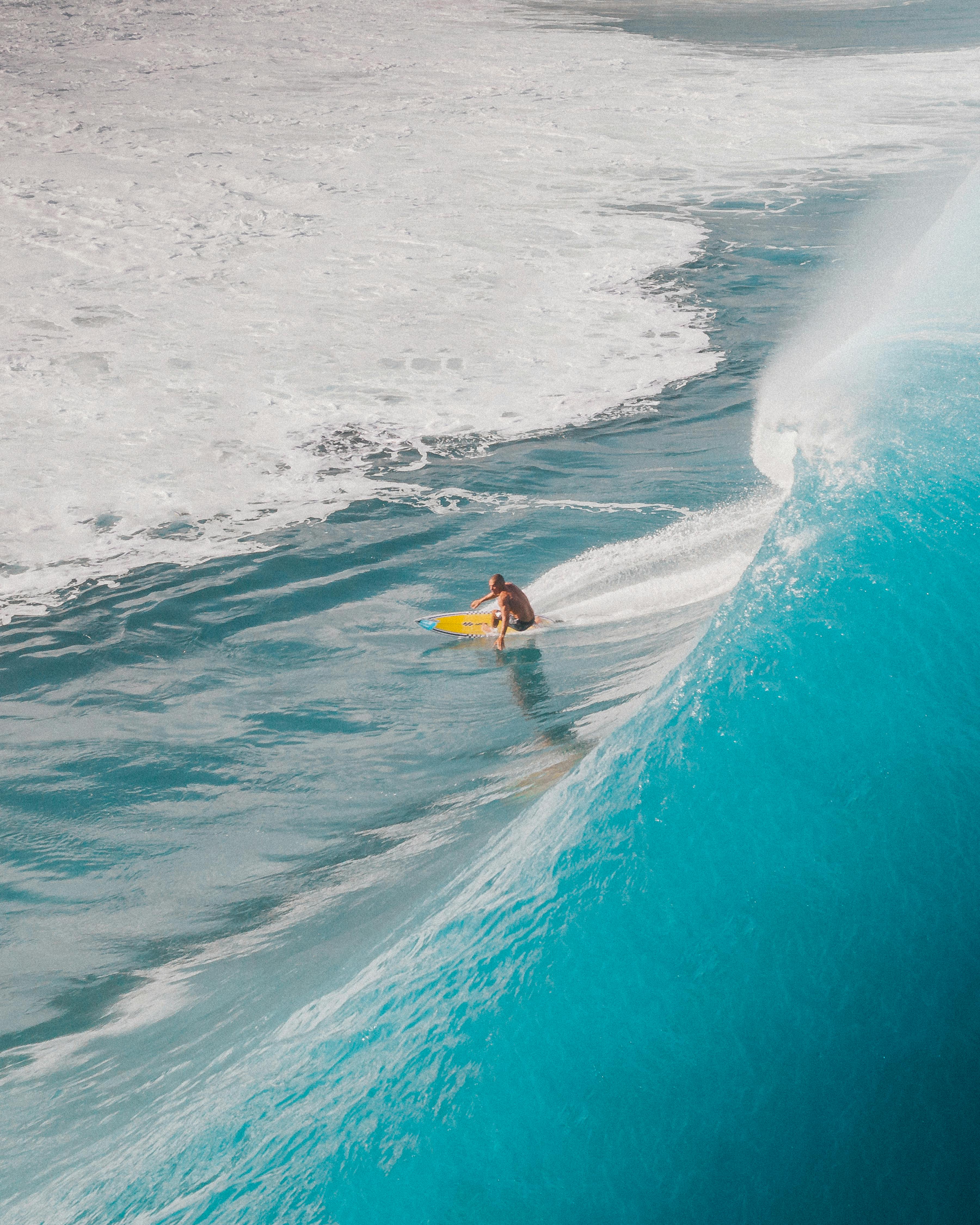Why Most Surfers Choose the Wrong Board – And How to Get It Right
Choosing a surfboard is one of the most important decisions you’ll make — and one of the easiest to mess up.
Most surfers — especially beginners and low intermediates — go too small, too soon. It’s a recipe for frustration: less paddle power, fewer waves, and slower progress.
Here’s how to choose a board that actually helps you surf better.
1. Drop the Ego
If your main reason for picking a board is “it looks cool,” you’re setting yourself up to struggle.
The right board should help you:
– Catch more waves
– Stand up earlier
– Stay on your feet longer
The problem? That board probably isn’t a thin high-performance shortboard — no matter how good it looks under your arm.
2. Understand What Actually Makes a Board Forgiving
A beginner-friendly board isn’t just about length — it’s about shape.
Look for:
– A fuller outline
– A rounder nose
– More volume (especially under the chest)
– Less rocker
All of this helps you paddle easier, get into waves earlier, and stay more stable once you’re up.
3. High Rocker = Hard Mode
A board with a lot of rocker curves up at the nose and tail — and that curve creates drag when paddling.
More rocker helps in steep, powerful waves — but if you’re surfing mellow beach breaks, it’s going to slow you down. Choose flatter boards unless you’re consistently surfing hollow waves.
4. Your Board Should Match Your Waves
If you surf fat, slow waves — you want a board that generates its own speed. That means:
– Low rocker
– Wide tail
– Flatter deck
If you surf steeper waves often, then yes — you can tighten the outline, add rocker, and reduce volume.
Match the board to your home break, not just your dream break.
5. You’ll Progress Faster on the Right Board — Even If It Feels “Too Easy”
The better your board floats, glides, and forgives mistakes, the more chances you get to actually improve.
More waves = more turns = more reps = faster progression.
Don’t let your ego keep you stuck on a board that looks right but feels wrong.
TRAX Helps You Know When Your Board Is Holding You Back
Sometimes the board is the problem — but you don’t realize it until you see the data.
TRAX shows how early you’re getting to your feet, how well you’re maintaining flow, and how your weight shifts compare across sessions and conditions. It helps you know when it’s time to switch — and whether that switch actually worked.
Sign up now for early access.
The Beginner Mistakes Keeping You Off the Fast Track – From Board Choice to Bad Habits, Here’s What’s Holding You Back
Making the Switch – How to Transition Off a Soft Top Without Regressing








